
Variable Oystercatcher
Haematopus unicolor
Also known as: Torea


Haematopus unicolor
Also known as: Torea

The variable oystercatcher, a native New Zealand shorebird about the size of a small chicken, these birds are known for their diversity in appearance, ranging from all-black to pied (black and white). With their long, bright orange bills and sturdy pink legs, they're a captivating presence on New Zealand beaches.
1. Long, bright orange bill that turns deep red during breeding season.
2. Varying plumage from all-black to pied, with "smudgy" intermediates.
3. Distinctive territorial call, a loud, piercing shrill call often heard before the bird is seen.
Variable oystercatchers breed from September to December, creating simple nests in sand. They're fiercely protective parents, often dive-bombing perceived threats to their nests or chicks. These birds can live for a long time with some reaching over thirty years old. While their population is recovering, human disturbance and introduced predators remain ongoing threats.
Look for variable oystercatchers along New Zealand's coastlines, particularly on sandy beaches and rocky shores. They're active throughout the day, but early morning and late afternoon are ideal viewing times. Watch for pairs probing the sand or rocks for food, often near the water's edge.
Known as tōrea-pango in te reo Māori, variable oystercatchers have long been part of New Zealand's coastal ecosystem. Once hunted for food, they were protected in 1922, allowing their numbers to recover.
48 cm
720 g
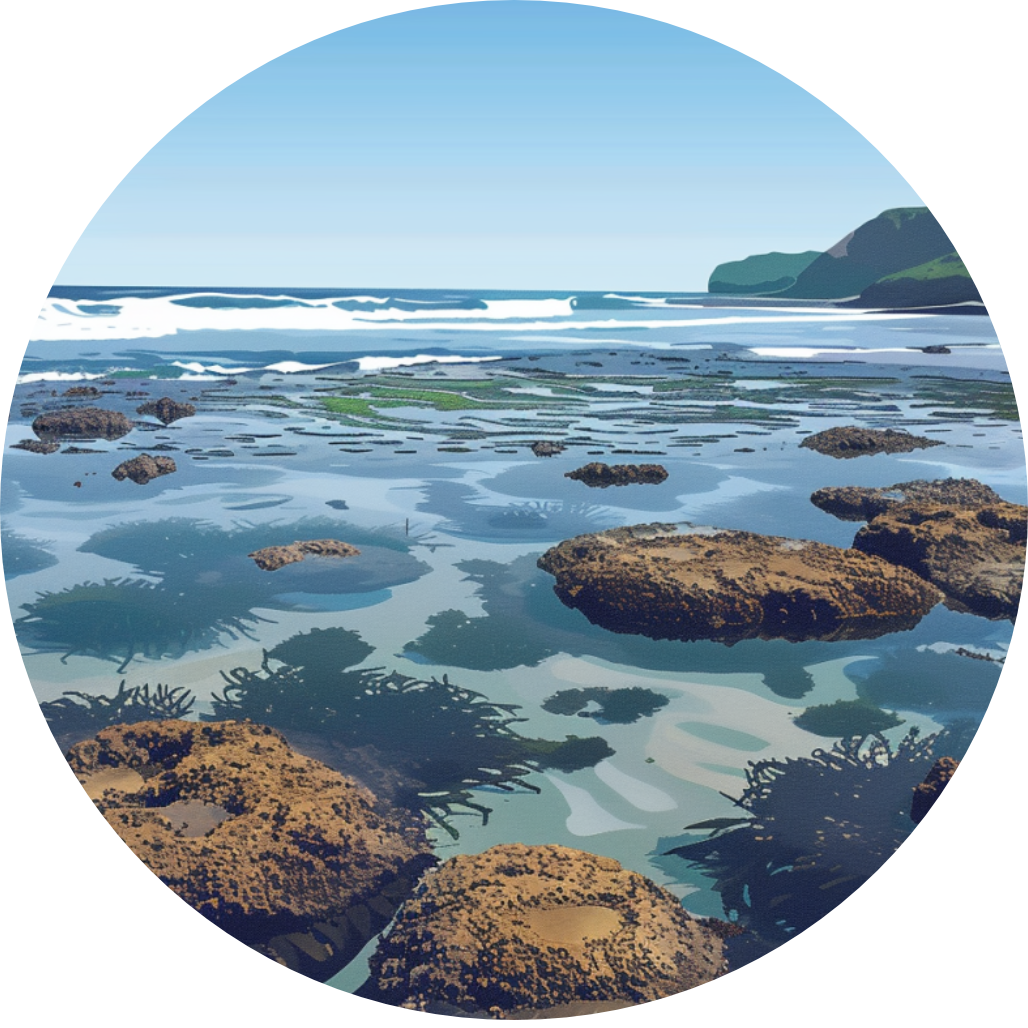
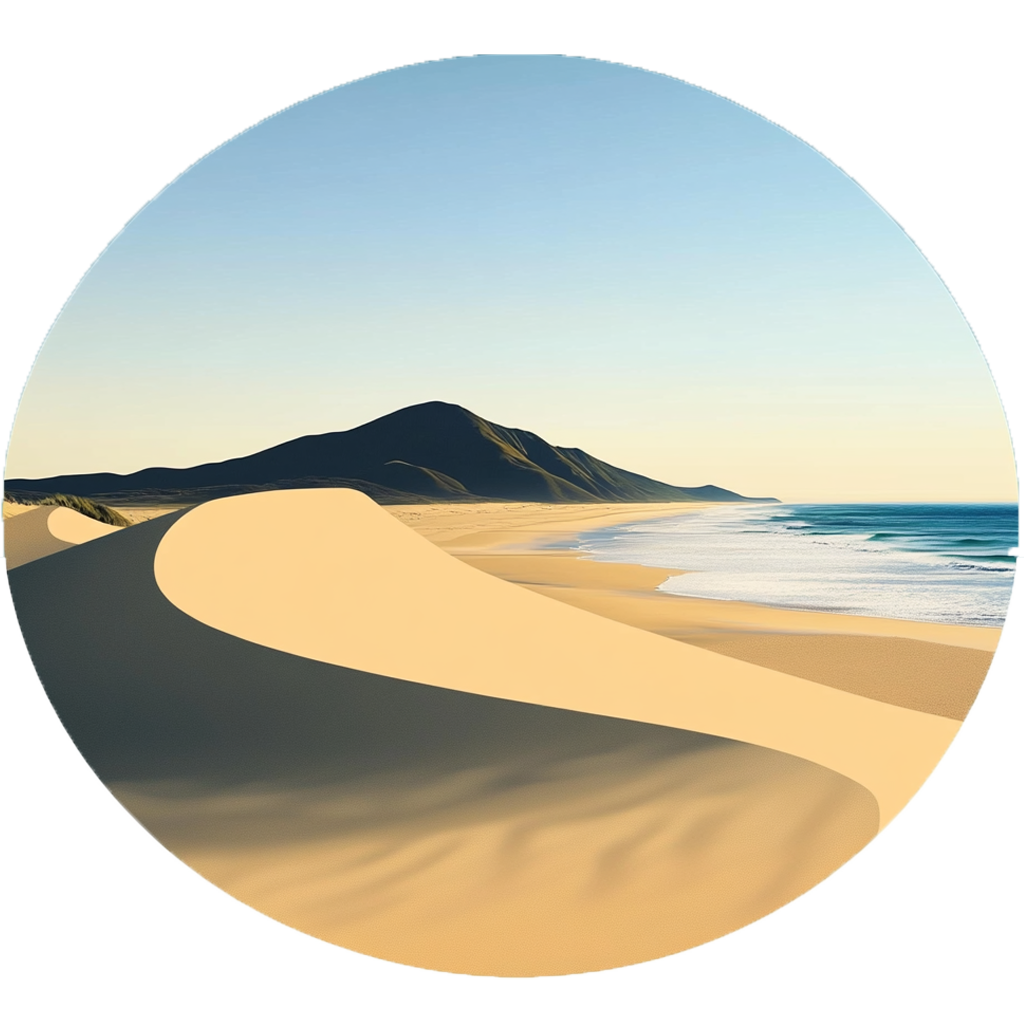
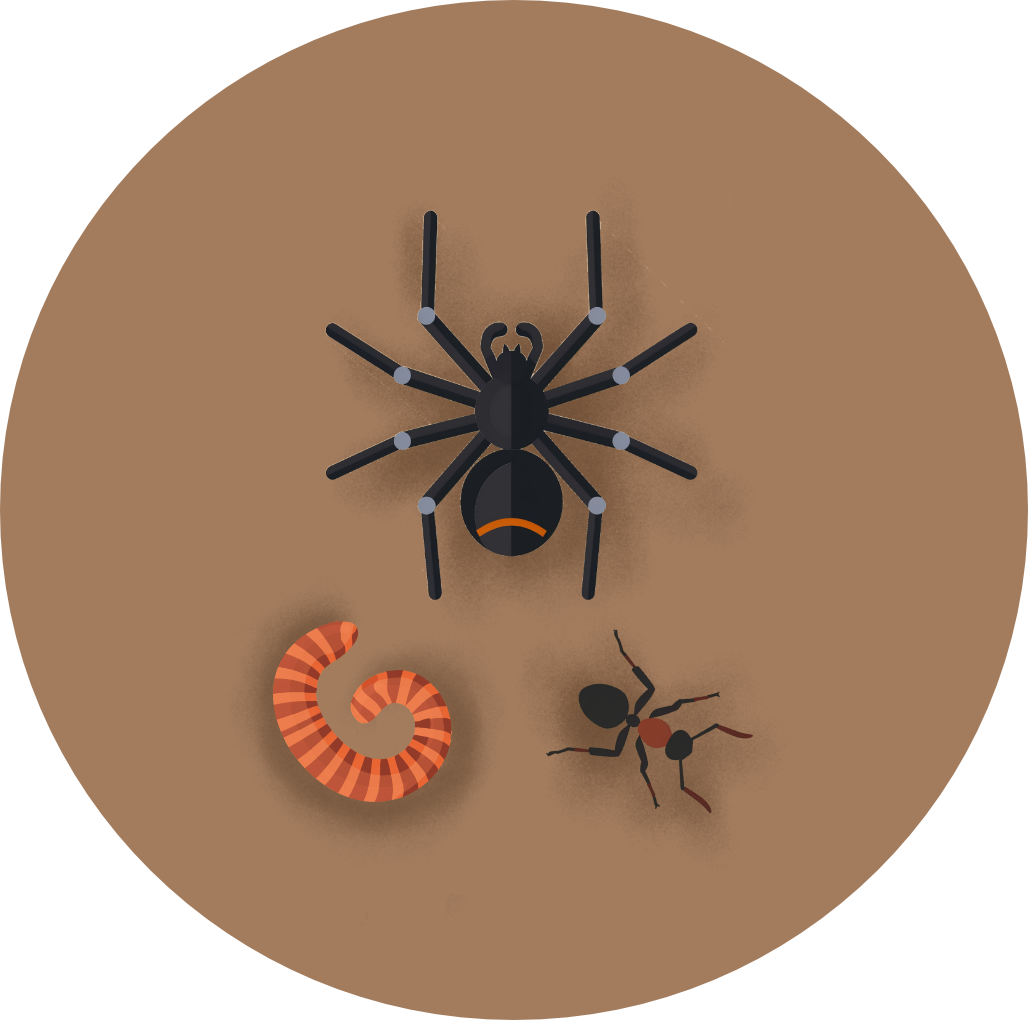

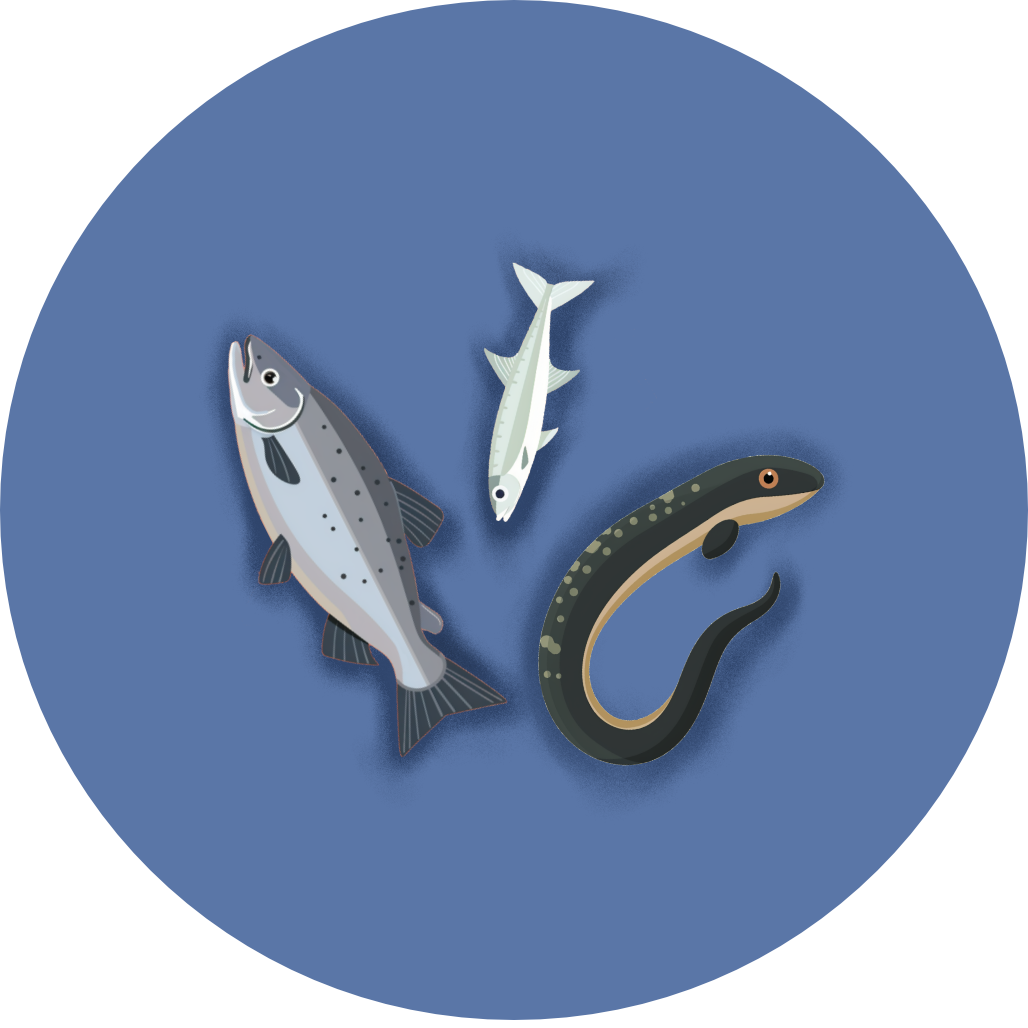
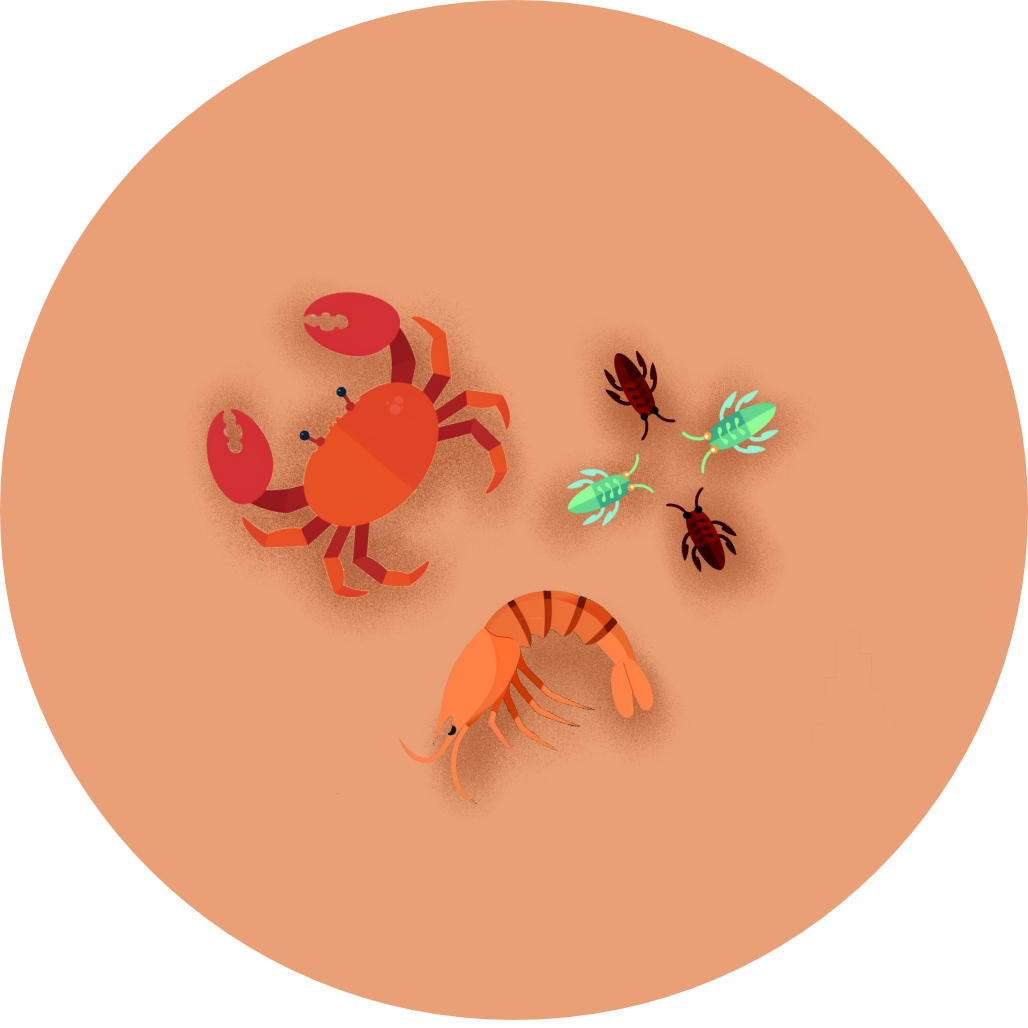
Coming Soon!
Top birding locations will be available in a future update.